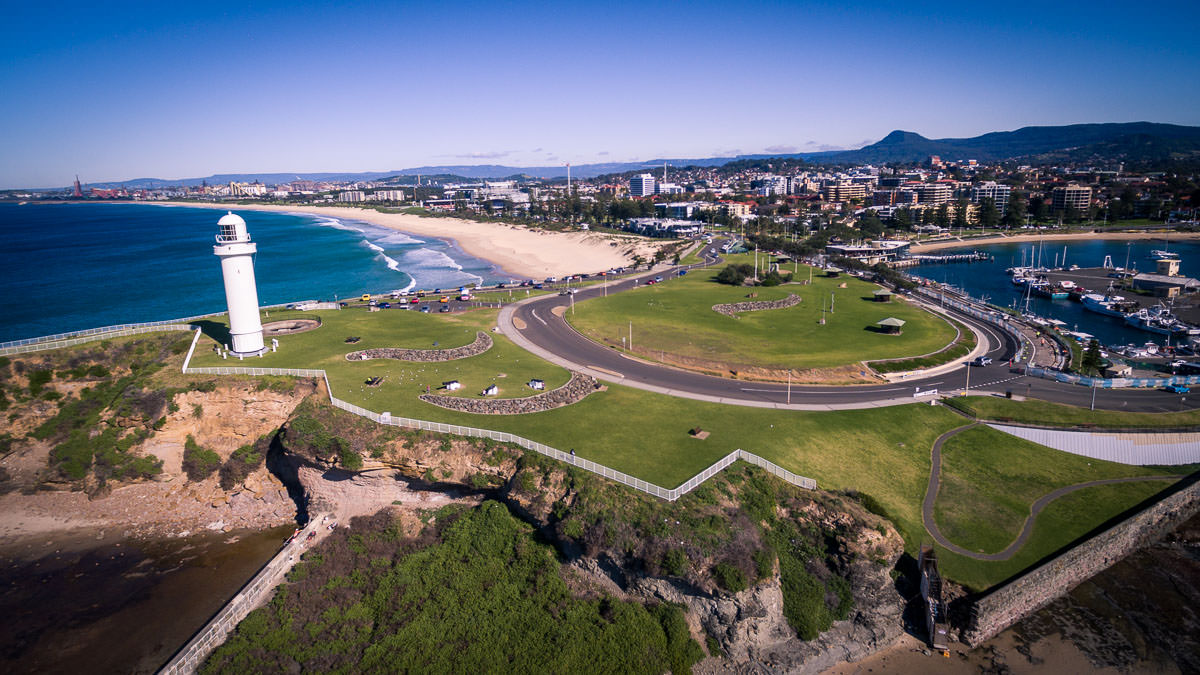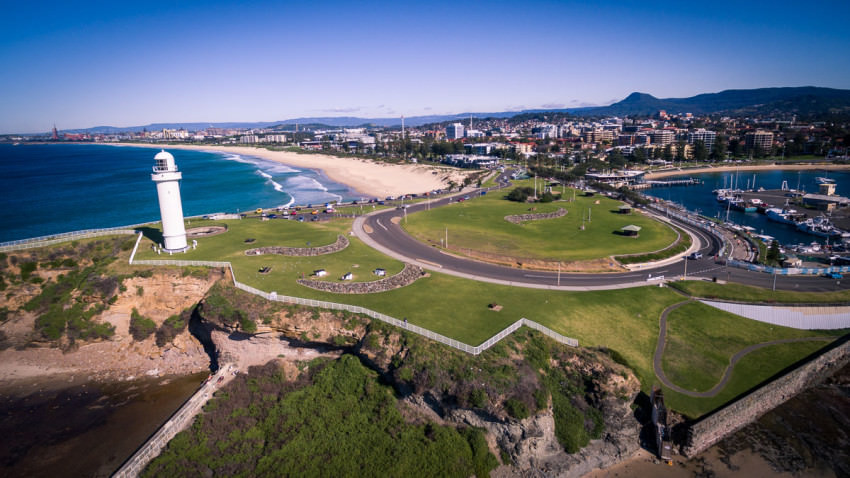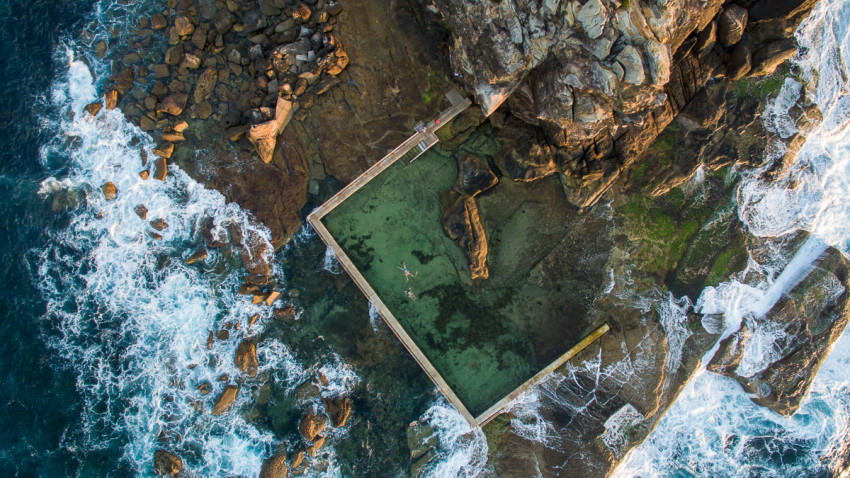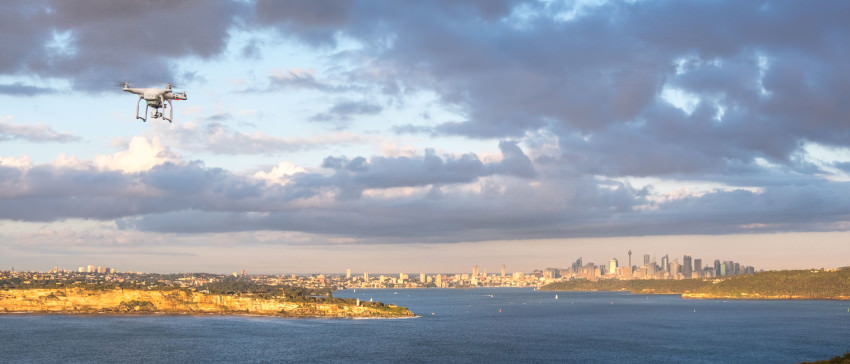Seems that Drones are getting a lot of news attention these days and all for the bad reasons. People doing stupid things when using their drones to capture video and images, like people flying them when there are bushfires and flying over sports arenas.
I also own a drone, DJI Phantom 3 actually and have had it since June 2015. So far to date, I’ve done 21 flights with it covering a distance of 12 kms or 7.5 miles with over flight time of 2 hrs and 10. This may not seem like much but when you have this baby in the air it takes a lot of practice to control and navigate it. With the two hours I have learned a lot about when and how to fly this so I am not putting anybody at risk.
So based on my experience here are some tips that will help you stay safe and stay out of trouble.
Watch the weather
Pay attention to the weather and fly your drone in low wind only, especially if you are going near the coast (where it can be very windy).
One of my flights down in Wollongong taught me this lesson where I took it out over the ocean to look back onto the Lighthouse and capture a few snaps, because the wind was very strong and I could hear the DJI Phantom 3 struggling to hover in a stationary position.
Additionally, the wind direction was away from me so when I was trying to bring the drone back the motors really had to work hard to fight the wind. This drained the battery very quickly, only got about 10 minutes of flying out of it but it was scary contemplating that I might not get my drone back on land.
Don’t Overdo It
Although these drones have return-to-home features when the battery is critically low, you really don’t want to stretch the battery to such extremes. Out of the box, the critical battery level is 10% but I adjust this setting to 20%, so that I have enough time to bring the drone back to me no matter how far it is from me. As a newbie this can be very handy otherwise when that alarm sounds it can throw you into a panic and can cause disaster.
Don’t Make Others Uncomfortable
Drones are fairly new to the consumer market, so society isn’t used to seeing them flying in the air. It can make people uncomfortable.
Stand in open sight when you are flying the drone, don’t hide away with your remote. Whenever I take out my drone to fly I stand in plain sight so people around me can see that I am controlling the drone and I obviously don’t mean any harm to anybody. Nor do I have any sinister intentions.
Occasionally, people approach me and ask me about the drone, can they watch with me, where you can get one, how much do they cost or are they easy to fly etc. I find that presenting myself as approachable person doesn’t do me any harm and also makes people more comfortable. So have an easy going attitude and have fun with your drone.
Respect Aviation Rules
Find out what are the rules in your country and respect them for your own safety and safety of others. In Australia the Civil Aviation Safety Authority (CASA) has published rules and regulations around drone flying. Read them and respect them. They are pretty relaxed so if we all follow the rules then we all continue to enjoy flying Drone. In Australia following rules apply:
- Maintain Line-of-sight with your drone
- Don’t fly at night
- Always stay 30 metres away from buildings, houses and boats
- Don’t fly over heavily populated areas such as beaches, people’s backyards, heavily populated parks etc
- Don’t fly 5.5 kms from any airport – although the DJI Go App is smart enough and turns the drone off if you are too close
- Don’t go beyond altitude of 120 metres or 400 feet
- Can’t sell images or video unless you are Licensed by CASA.
These rules are about to change in 2016, according to recent news and likely to become more relaxed for drones that are less than 2kg in weight
Stay safe and enjoy flying your drone!!







